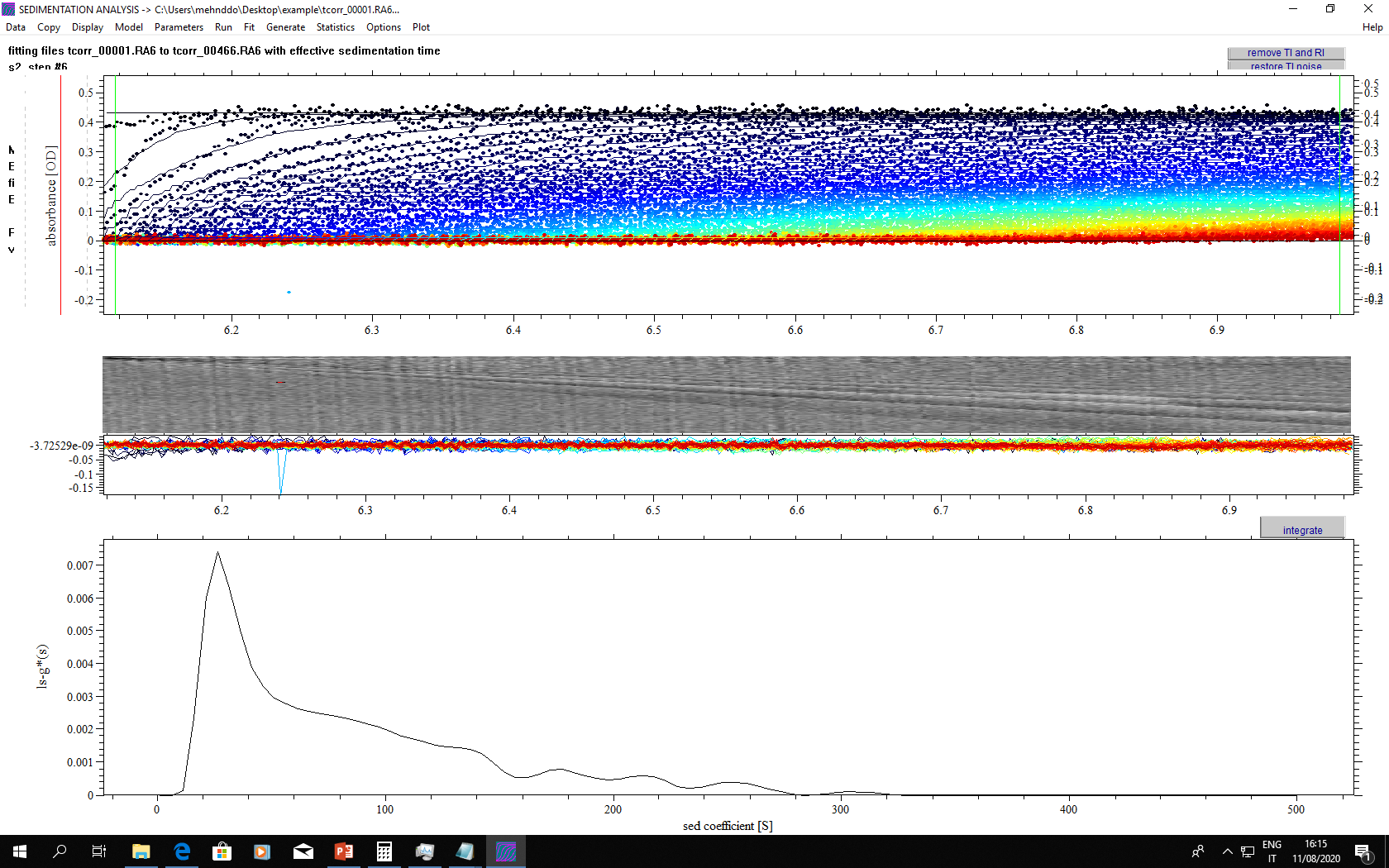HPLC with CAD, UV and Fluorescence detectors(Chemical composition analysis)
Electronic & Chemical & Magnetic Characterization (Chemical analysis)
High Performance Liquid Chromatography (HPLC) is an analytical technique that allows the separation, identification and quantification of mixtures of dissolved analytes. The separation principle of HPLC is based on the distribution of the analyte in the sample between a mobile phase (eluent) continuously pumped through the stationary phase of a packed column. Depending on the chemical structure of the analyte, the molecules are retarded while passing the stationary phase and therefore separated. Different constituents of a sample are eluted at different times and leave the column one by one. A detection unit at the exit of the column is capable to determine the identity and concentration of eluting compounds in the mobile phase. The signals captured by the detector are converted and recorded by a suitable data management system and then shown in a chromatogram. Most of organic contaminants can be detected by HPLC -UV and HPLC/MS/MS analyses that are able to reveal up to traces (ppb,ppt) of these molecules (drugs, personal healthcare products, additives) in water matrices.

Instruments datasheets



